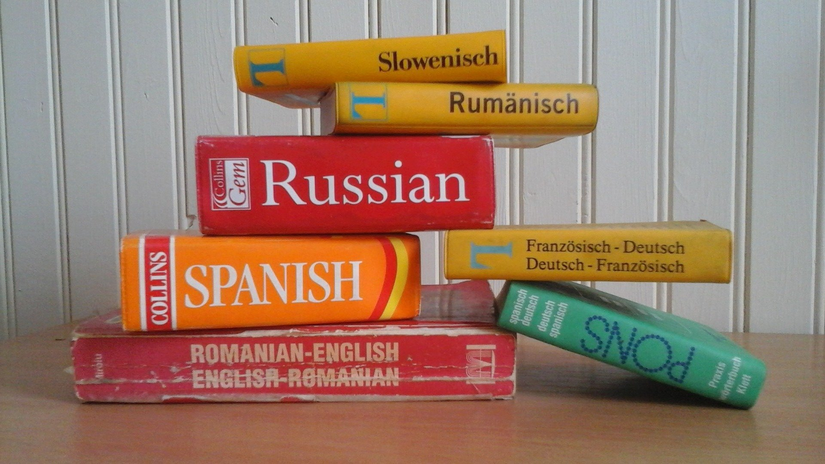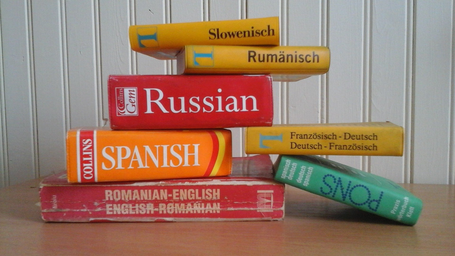One of the things I am most passionate about is learning Spanish. I always loved Spanish classes throughout junior high, high school and college. I found that a lightbulb goes off in my head when it comes to second language acquisition.
Studies have shown that it takes approximately 10,000 hours to fully acquire something new. When it comes to second language acquisition, all of those 10,000 hours do not have to be spent sitting in a classroom, filling out verb conjugation charts or looking at vocabulary flashcards. Although those are an inevitable part of the process, believe it or not, there are ways you can make learning another language fun. I believe that with a little discipline, anyone is capable of it, and it’s one of the best things you can do for yourself.
My best friend recently left for graduate school in the Netherlands, where he is surrounded by almost exclusively Europeans. Since being abroad, his social circle is primarily made up of Spaniards, who flippantly switch back and forth between conversing in Spanish and English. The other day, he texted me asking for my advice on how to best pick up some Spanish.
Since I am a Spanish student and a native English speaker, he thought that I may have insight. After some contemplating, I came up with tips that may be not only valuable to him, but to everyone who has an interest in secondary language acquisition.
Although specific to Spanish, these tips are applicable for almost any language.
- Find songs in that language that appeal to you, look up the lyrics in both languages to find out what is being said, and add it to your playlist! Similar to English, there are different genres in every language.
- Label your house/apartment. Taking sticky notes and labeling basic words in the language you are trying to learn will force you to look at the objects over and over. Memorization is about memorization, and does not always have to be boring flash cards.
- Practice with someone you know. Schedule a Zoom, phone call or even ask someone to get a drink where you only speak in the second language. Confidence is still one of the things I struggle most with when speaking Spanish, especially when I’m not doing it every day. It can be so easy to get caught up in your head. It’s really important to get outside of your comfort zone, because you are never going to learn any of it unless you make mistakes. Therefore, make sure you are practicing with someone you are comfortable with.
- Conjuguemos is one of the tools that has been the most valuable to me when practicing for classes. This website provides free exercises helping with grammar, expressions and nouns. The way Conjugemos sets up the website is in a quizlet/game style. They want to make learning more fun, and memorable.
- Download Duolingo! This is a free app which tests your ability in any selected language, and from there gives you fun lessons and help that really ensure memorization. A fun feature about this app is that it rewards you for going on it, and sends you reminders to complete tasks so you don’t forget. Devoting even 20 minutes a day while you’re waiting for class to begin, during Hulu ads or in the dining hall line, will show results.
I think about my second language acquisition journey of Spanish similar to the phrase “cost per wear.” You’re going to be investing a lot [of time, energy and effort] into learning this language. But the amount you’ll be able to use the language and be able to understand music, conversations, traveling, will equate to the cost.


